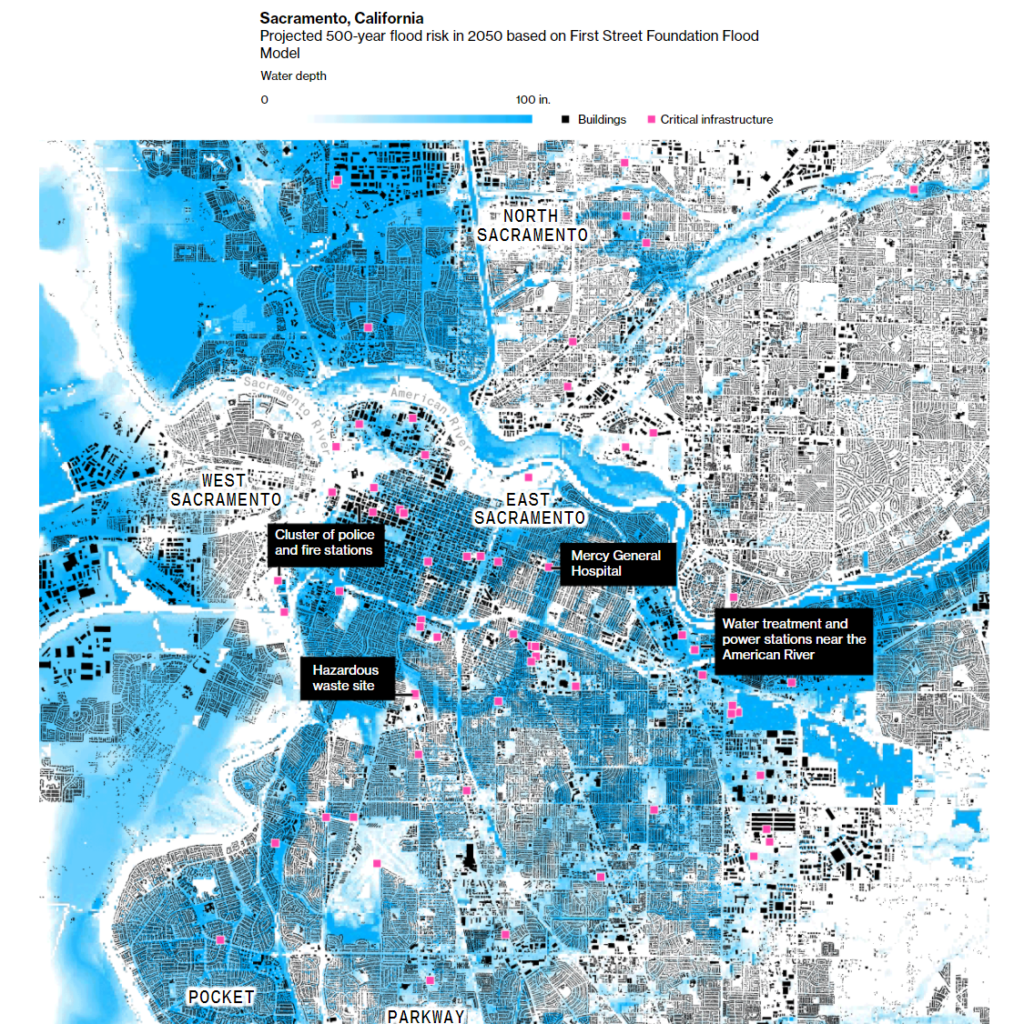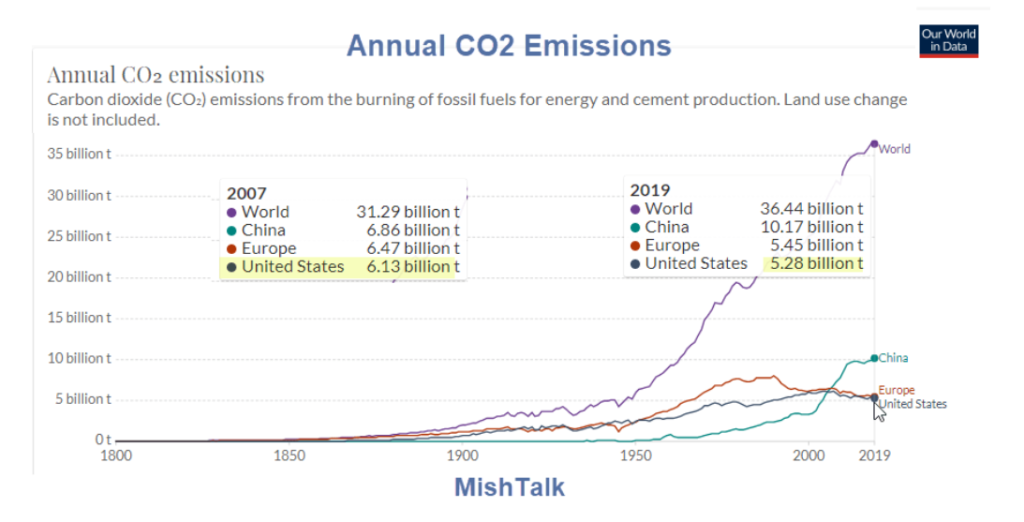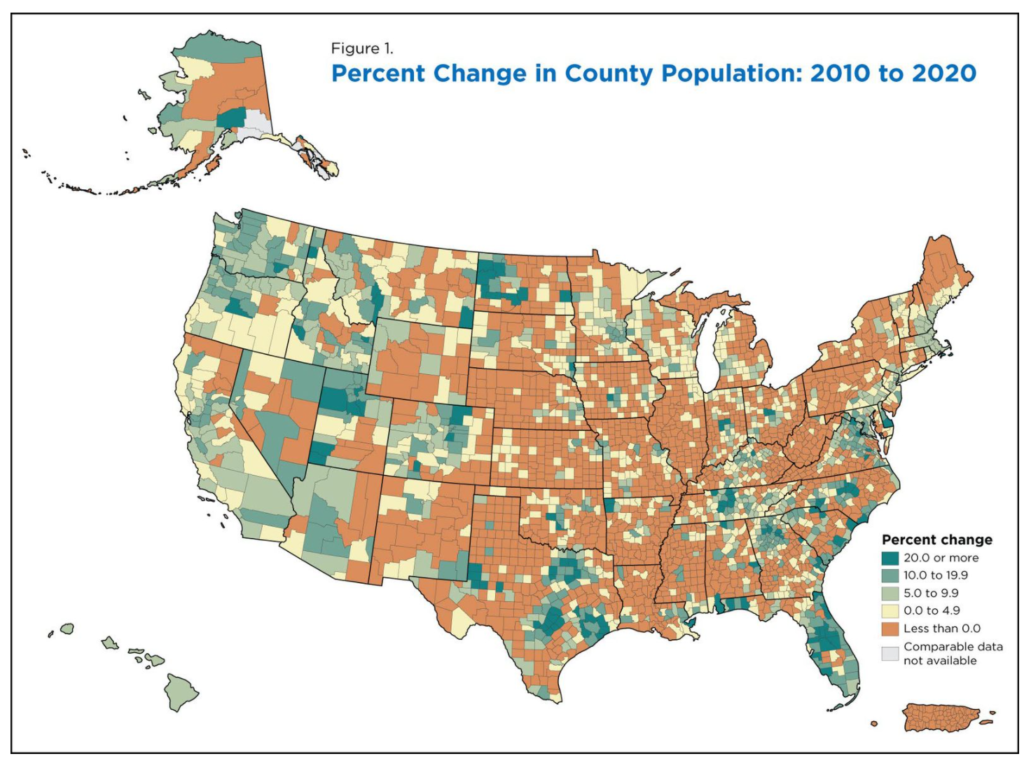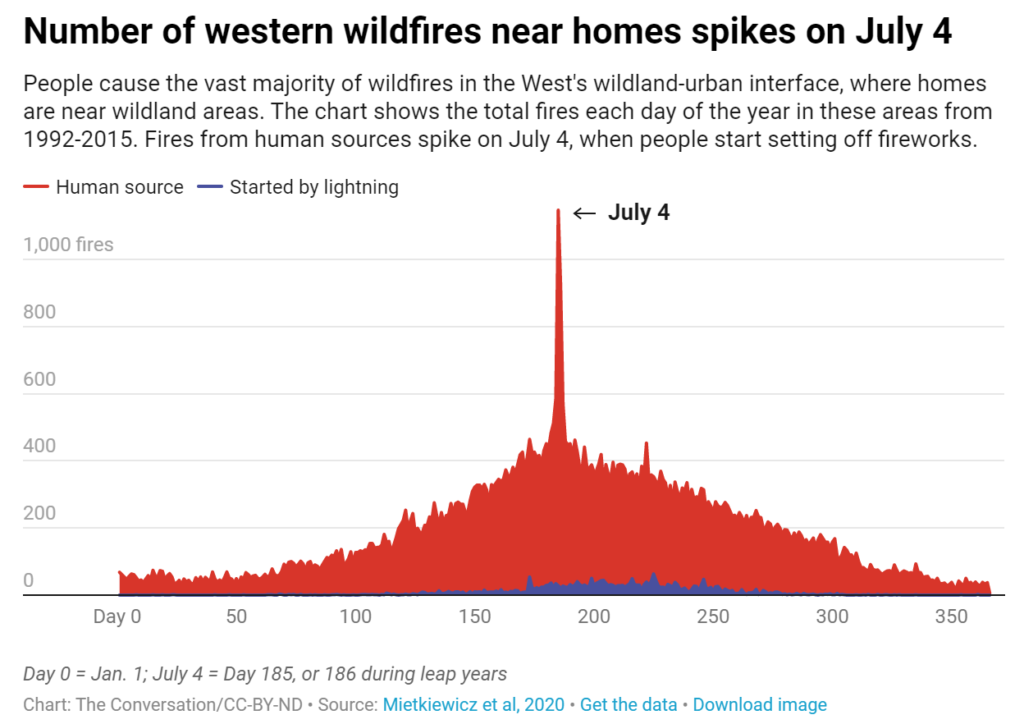Link:https://www.nakedcapitalism.com/2021/11/finance-group-fails-to-deliver-at-cop26.html
Excerpt:
Not One of 60 Major Commercial Banks Has ‘Leadership Position on Decarbonizing’
Yet the trend line of bank finance for fossil fuels is rising not declining, and not a single big commercial bank has released a plan to stop financing new fossil fuels.
It’s striking that unlike any of other sectors implicated in speeding global warming, not a single one of the 60 major commercial banks has staked out a leadership position on decarbonizing.
On the other labelled days of COP, there were all kinds of interesting mash-ups of governments, private sector actors, and think tanks offering a web of creative announcements about their determination to set ambition on one thing or another. By contrast, on Private Finance Day, the one and only announcement was relating to GFANZ. Banks and investors didn’t even try to push out additional good ideas. Everyone covered themselves in the GFANZ penumbra and then went quiet.
Author(s): Michael Northrop
Publication Date: 30 Nov 2021
Publication Site: naked capitalism






